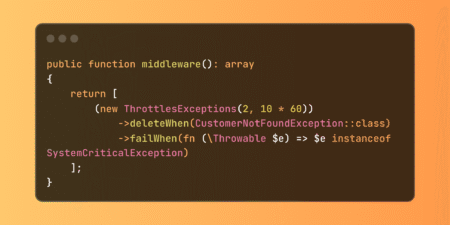
Australia just made a significant move to future-proof its critical infrastructure and beef-up its OT Cybersecurity Standard. It has officially adopted the internationally recognized IEC 62443 series as the national standard—branded locally as AS IEC 62443—for securing Operational Technology (OT) systems against cyber threats.
The decision comes at a time when the stakes for protecting industrial systems are higher than ever. From power grids and water treatment plants to transportation systems and hospital devices, OT networks form the digital backbone of the country’s most vital services. And cybercriminals know it.
Why IEC 62443 Matters
Unlike traditional IT systems, OT environments—also called Industrial Automation and Control Systems (IACS)—can’t afford downtime. A compromised SCADA system controlling water pressure or a PLC managing a railway switch doesn’t just lose data; it can endanger lives, communities, and the environment. OT demands a specialized approach, one that understands the physics of industrial processes as much as the logic of network packets.
That’s where IEC 62443 comes in. Developed by the IEC’s Technical Committee 65, the framework provides a modular, role-based cybersecurity playbook specifically designed for industrial environments. Think of it as the NIST of OT, but with tighter alignment to physical safety and real-world operational needs.
With its adoption as AS IEC 62443, Australia has now aligned its national security posture with one of the world’s most robust and practical frameworks for OT cyber defense.
Also read: Australia Invests $6.4M to Shield Healthcare Sector from Cyber Threats
What’s Actually in the Standard?
The beauty of AS IEC 62443 lies in its flexibility. It breaks down the complex OT landscape into components tailored for three main audiences:
Asset Owners: The companies running the infrastructure
Service Providers: Vendors maintaining or integrating technology
Product Suppliers: Hardware and software vendors building the underlying systems
The standard maps to the system lifecycle, meaning organizations can start with the basics—like risk assessments and segmentation—and evolve their controls as they scale or modernize.
What makes this standard particularly powerful for Australia?
- Modular and Role-Based: It’s not a one-size-fits-all straitjacket. Businesses can pick and choose the relevant parts based on their specific responsibilities (whether they own assets, provide services, or supply products) and the lifecycle stage of their systems. This pragmatism is key to actual implementation, not just theoretical compliance.
- Alignment with Local Regulations: The standards are designed to dovetail with existing Australian regulatory requirements, making the transition from framework to practical application smoother and more effective across diverse sectors.
Why a New OT Cybersecurity Now?
This adoption isn’t just a checkbox move—it’s a direct response to a rising tide of cyberattacks on critical infrastructure worldwide.
In the last 24 months alone, Australia has witnessed cyber incidents targeting water utilities, transportation networks, and even its healthcare systems. Globally, we’ve seen OT threats like Colonial Pipeline, the Oldsmar water plant attack, and disruptions to Ukraine’s power grid which shows just how vulnerable physical systems have become.
By adopting AS IEC 62443, Australia is signaling that it takes these threats seriously—and is committed to building resilience across both legacy and modern infrastructure.
Smart Cities, Smart Risk Management
The timing also aligns with Australia’s broader push toward smart infrastructure. The IEC is already preparing updates to 62443, including a new Part 1-6 module focused on the Industrial Internet of Things (IIoT). That means better security baselines for smart energy grids, autonomous transport systems, and connected city infrastructure.
This isn’t just about defense—it’s about building digital trust into the systems that will define Australia’s economic and societal future.
For utilities, telcos, and manufacturers managing OT environments, the message is clear: get on board. Now!
Organizations that adopt AS IEC 62443 not only gain better cyber hygiene—they also minimize reputational risk and unlock access to future energy markets like peer-to-peer grid participation. Consumers, regulators, and investors are watching, and cyber maturity is becoming a competitive differentiator.
In a world where ransomware gangs and state-sponsored actors are targeting the very systems that keep the lights on and the water flowing, Australia’s move is more than timely. It’s foundational. It’s a clear signal that the nation understands the real stakes in the cyber war and is prepared to fortify its industrial heartbeat against any coming storm.
Source: Read More


